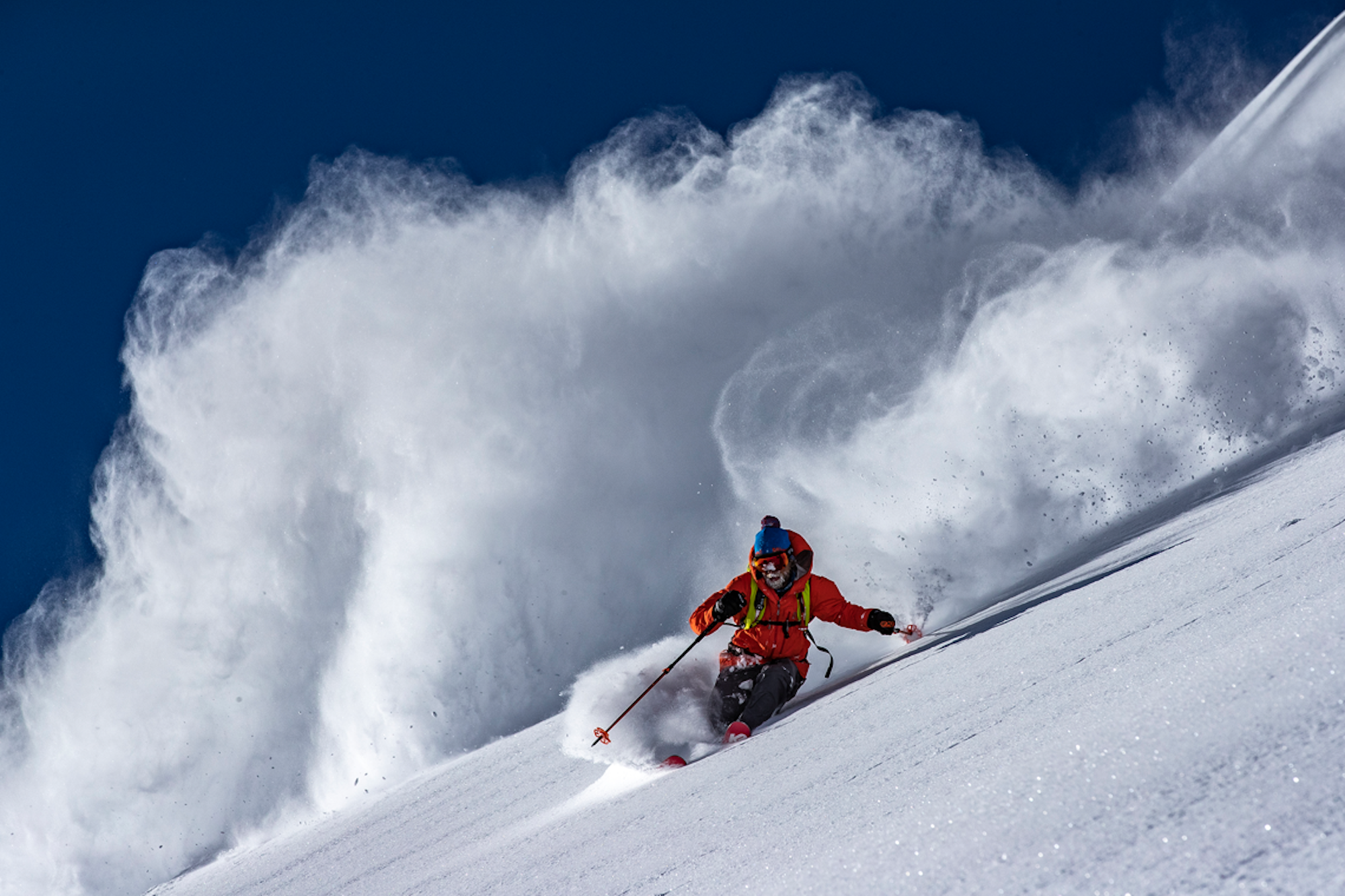Featured Image: Jeff Cricco
“The data is very clear,” says Pascal Haegeli, Ph.D., avid backcountry skier, professor at the University of British Columbia, and the Research Chair in Avalanche Risk Management for the Canadian government. “Airbag packs aren’t perfect. They don’t save everyone. But they make a huge difference.”
Haegeli is referring to his research with the Canadian Avalanche Association that spans two decades and includes avalanche data from the US, France, Switzerland and Canada. It is probably the longest tenured and most rigorous body of avalanche safety data in the world, and includes computer modeling, testing with human dummies and accident data from real-world slides.
“Having these three perspectives and such a substantial dataset allows us to be very confident in our conclusions. The bottom line is that airbag packs reduce mortality rates by over half,” said Haegeli, explaining how an inflated airbag will help keep you closer to the surface and, therefore, make it more likely that you are able to get out yourself or be found and dug out quickly by others.
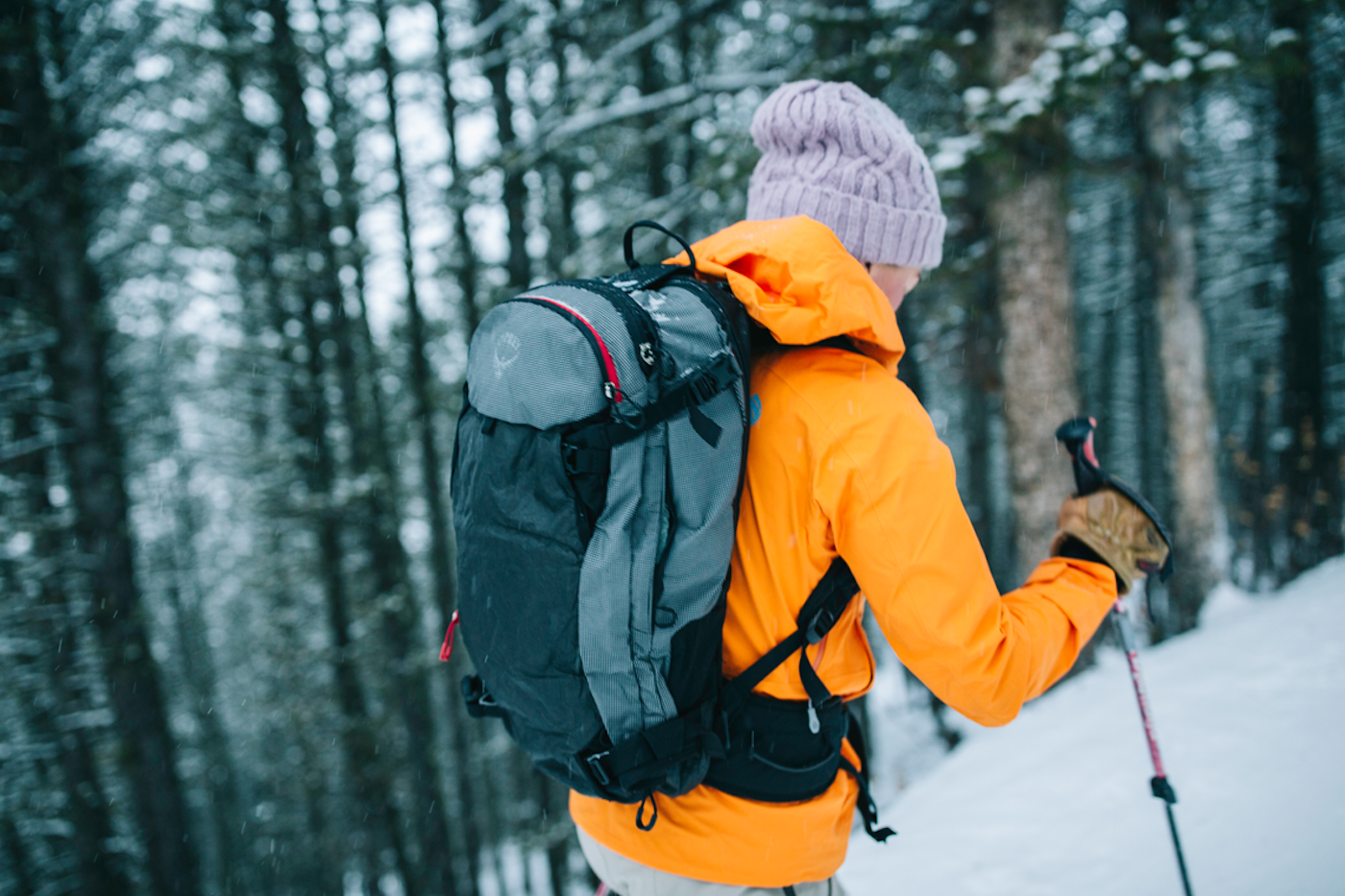
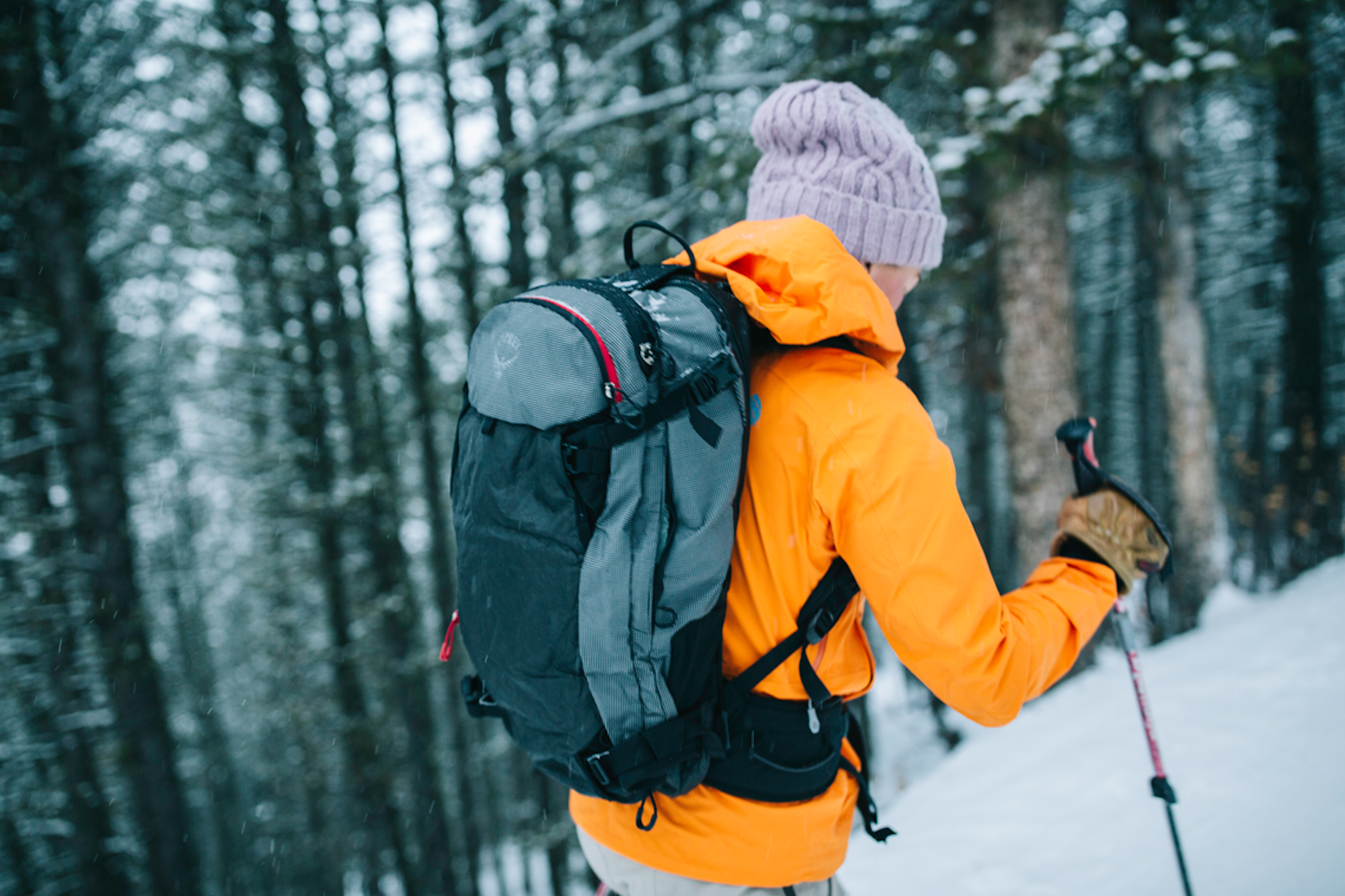
The Osprey Soelden Pro 32 in action. | PHOTO: Andy Cochrane
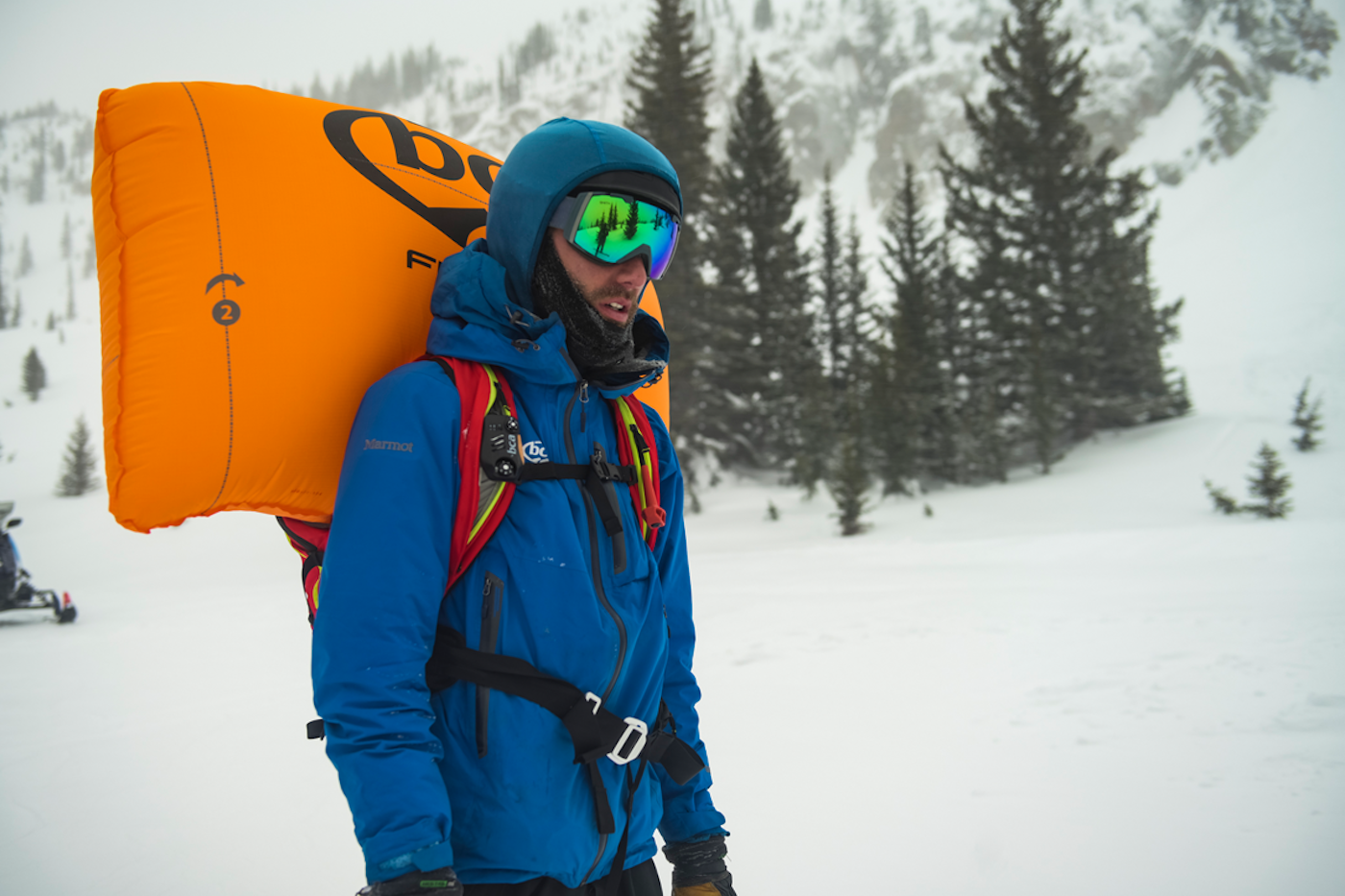
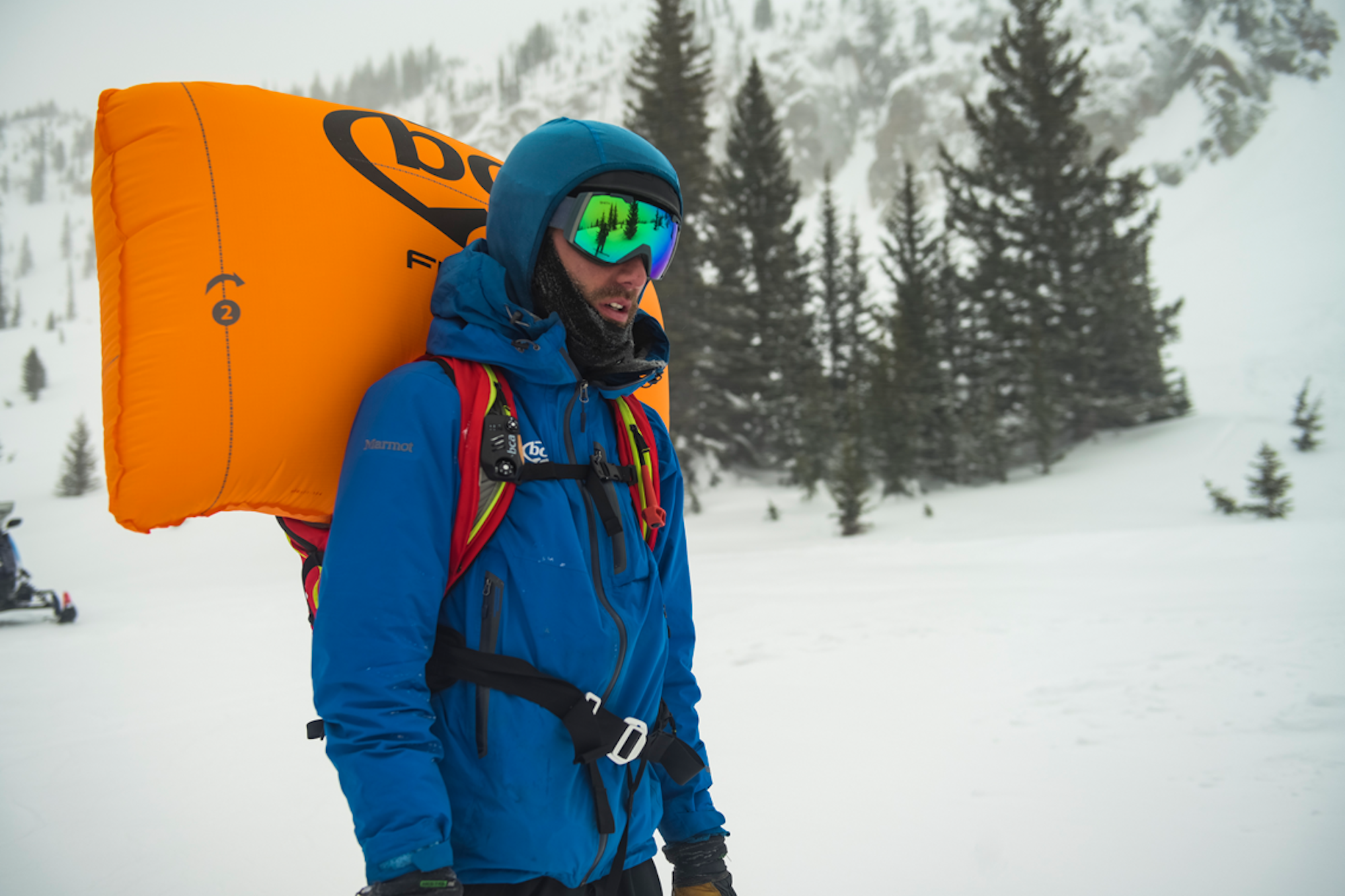
Airbag deployed on the BCA Float 22. | PHOTO: The Public Works
Here are some numbers to chew on: Without an airbag, the chance of being buried under the snow is 47 percent in any given slide; with an airbag, the chance of being buried drops to 20 percent. Without an airbag, the mortality rate if caught in a slide is 22 percent; with an airbag, it drops to 11 percent, cutting it in half. Haegeli often compares airbag packs to beacons, saying that neither are perfect and both require a level of knowledge and skill from the user. Just like a beacon, airbag packs take ample practice to master.
He also believes these numbers can improve, primarily through education of backcountry users. “More and more people are buying airbags but few practice with them. It’s a tool you need to know how to use, which takes practice. A lot of the data we have shows user error being the biggest factor in saving more lives—a substantial amount of people don’t deploy their airbags when caught in an avalanche.”
To fix this, Haegeli is a strong advocate for more education of all forms, from better manuals from manufacturers, to expansion of avalanche courses to include airbag training, to better sources of info online. “Education and not leaving your airbag pack at home, is the solution.” Haegeli suggests opting for new, electronic deployment systems because they allow users to practice more, helping them be ready for when the time comes to actually deploy the airbag.
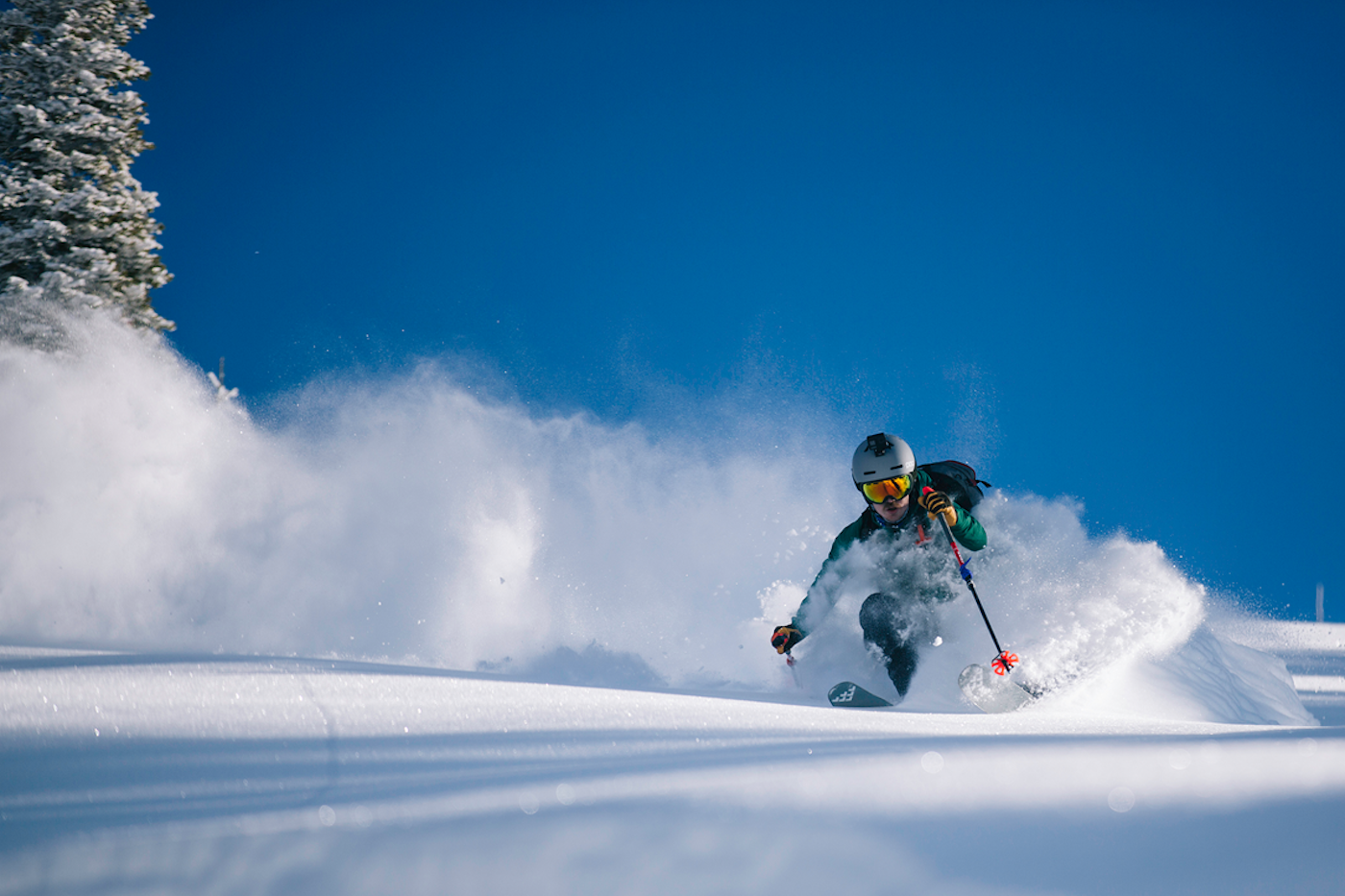
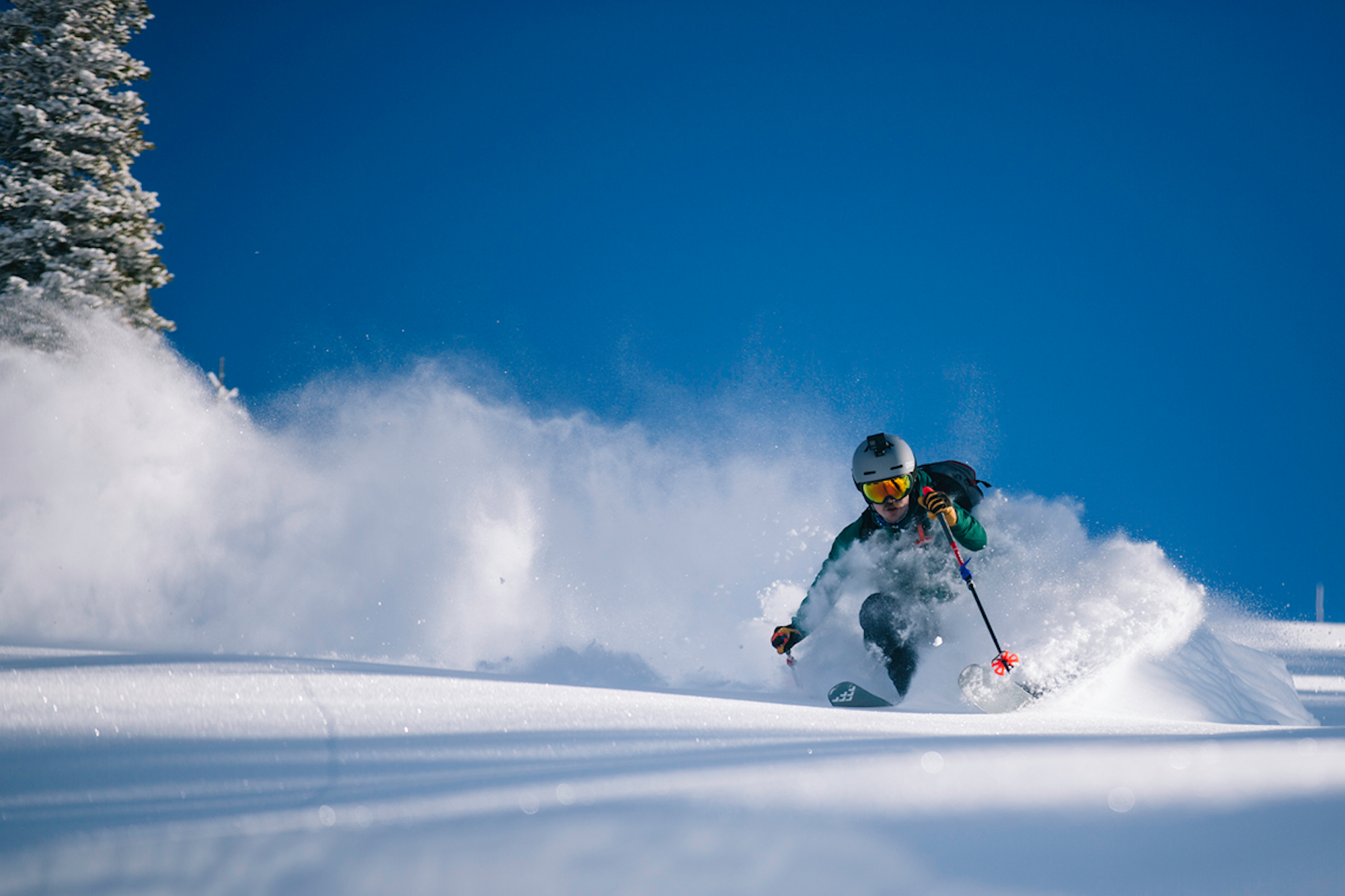
Skiing in the Osprey Soelden Pro 32. | PHOTO: Andy Cochrane
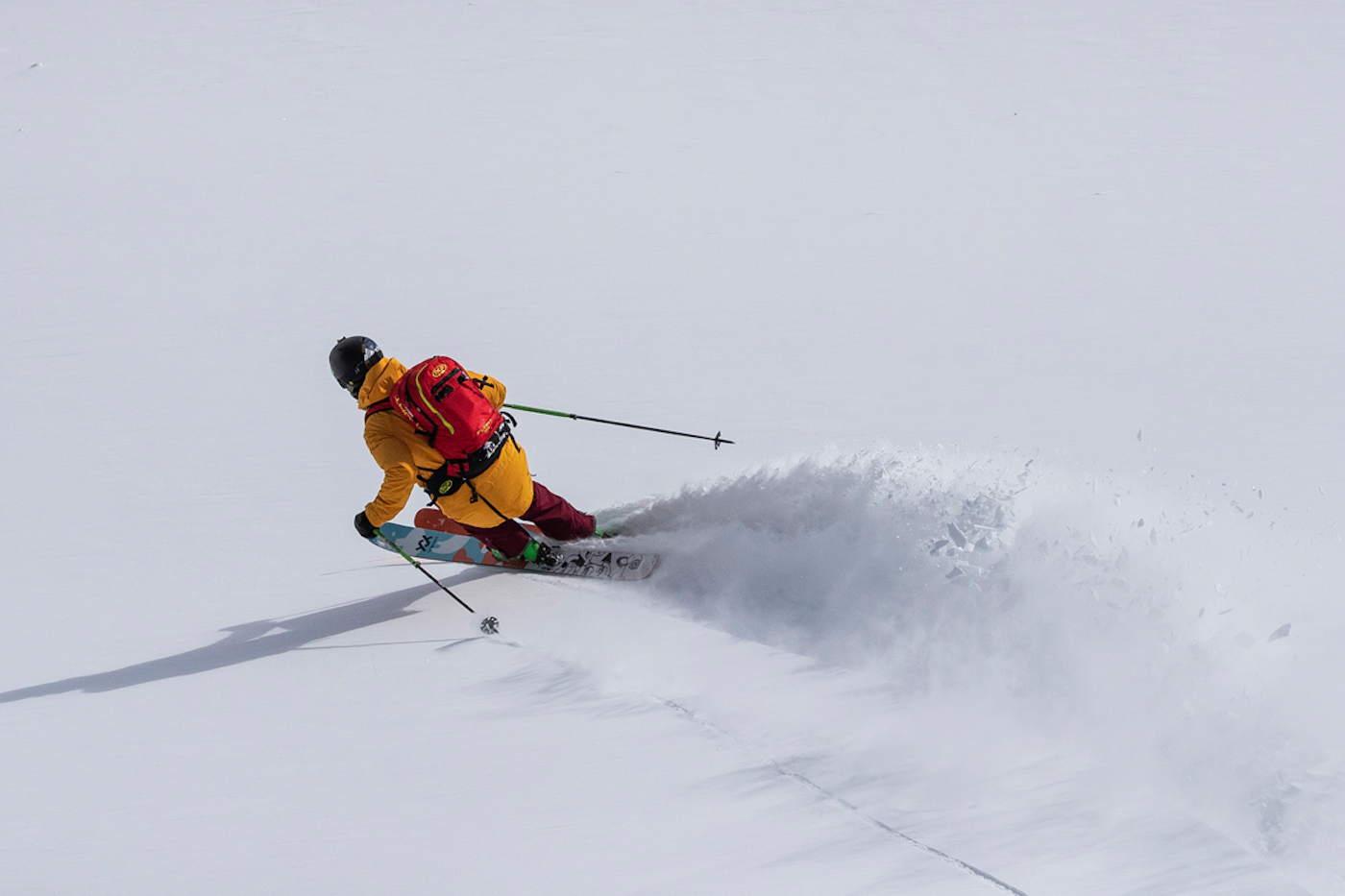
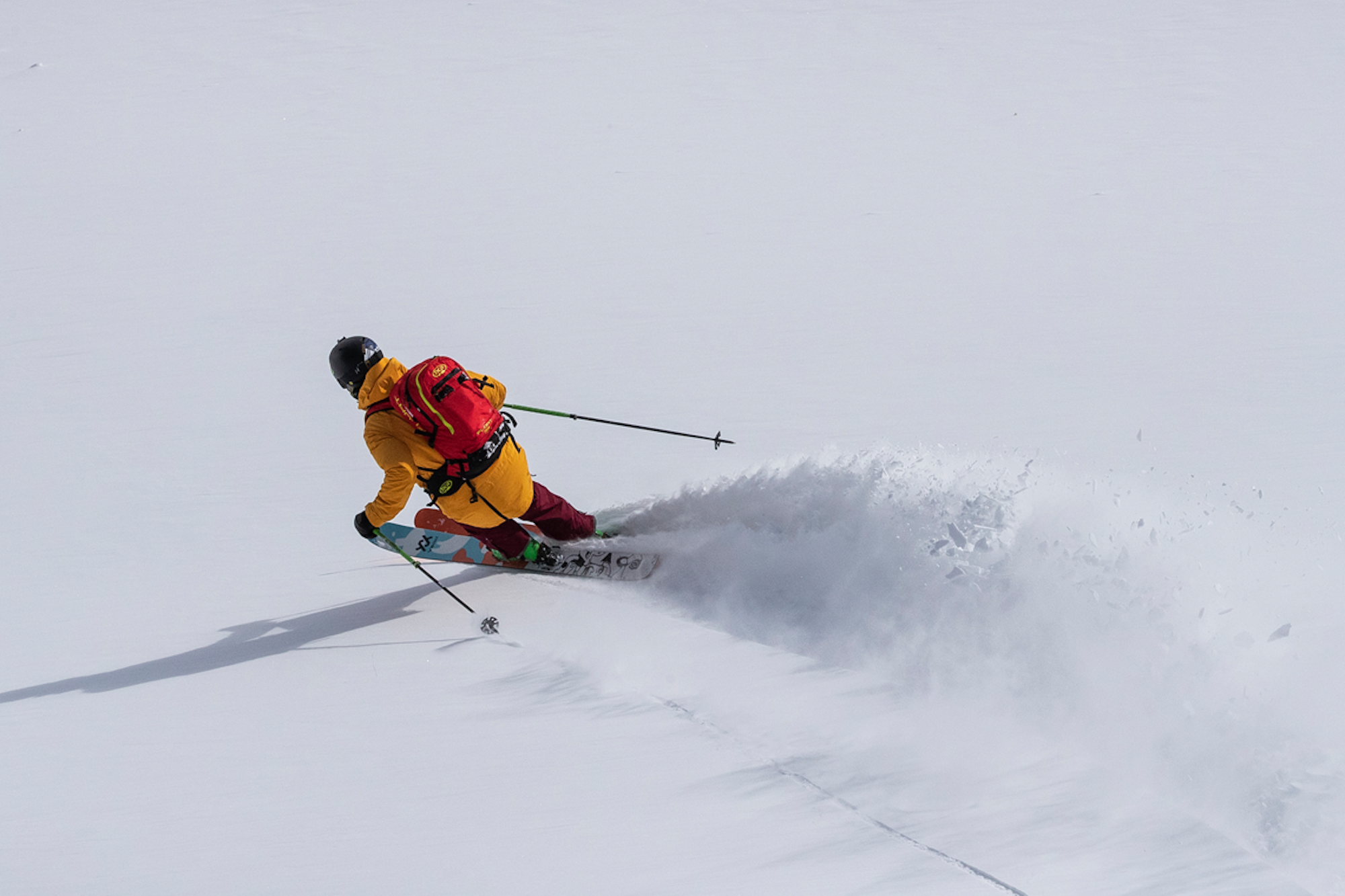
Skiing in the BCA Float 22. | PHOTO: Jeff Cricco
The good news is that airbag packs are getting lighter (and cheaper) every season. Now, some are just two pounds heavier than a stock pack and there—a fraction of what they used to be. Further, with removable CO2 canisters and new battery-powered systems, it’s much easier to fly with them. Yet, even with this rapid progress, Haegeli doesn’t see airbag packs as a silver bullet, instead he views airbags as one piece in a collection of tools that can help keep us safe. “This isn’t an either-or scenario. Upgrading your gear should not be considered an alternative to learning about avalanche safety. Instead, they need to go hand in hand,” Haegeli advises.
To get you going in the right direction, we’ve included four of our favorite airbag packs below. Go ahead, take a look and consider what’s right for you. But, remember, avalanche education, a beacon, shovel and probe are all still necessities when traveling out of bounds. Airbags aren’t a one-stop solution to avalanche safety—they’re just another piece of the puzzle to help avoid a catastrophic day in the backcountry.
FREESKIER-approved Airbag Packs:
Osprey Soelden Pro 32: New this year, Osprey launched its first airbag pack, the Soelden Pro. The thoughtful design, high-end build quality and Alpride E1 battery system create the perfect pack for long day tours or deep days on resort sidecountry. With this pack it’s easy to access to avy tools; it offers multiple ski carry options; and the comfortable fit add up to considerable value, even with a steep price tag.
Scott Patrol E1 30 Avalanche Pack: The Patrol E1 also uses the Alpride electronic system, allowing you to practice deploying the airbag at no cost. It’s quick to recharge, easy to travel with and almost one pound lighter than the Soelden with a trimmed down design and form factor. Nice finishing touches like a goggle pocket, two ice axe carries and daisy chains make this a versatile tool for all kinds of tours.
Backcountry Access Float 22: Half the cost of the two packs above, the Float 22 is a great tool for sled-accessed terrain, sidecountry laps or shorter ski tours. And, at six pounds with a full cylinder, it’s also one of the lighter compressed air backs on the market. With large hip pockets, dedicated avy tool compartment, an easy to use ski carry and specific hydration pouch it’s the perfect build for a smaller, airbag-ready pack.
Black Diamond Jetforce 35L: The most expensive and largest pack on the list, the Jetforce uses proprietary technology with a battery system which includes automatic deflation to create an air pocket, and auto self-diagnosis. It also comes with the option of purchasing modular additions for more storage, adding up to 25-liters for a multi-day tour. Redesigned this year, the new Jetforce is comfortable and easy to carry, especially for the size.

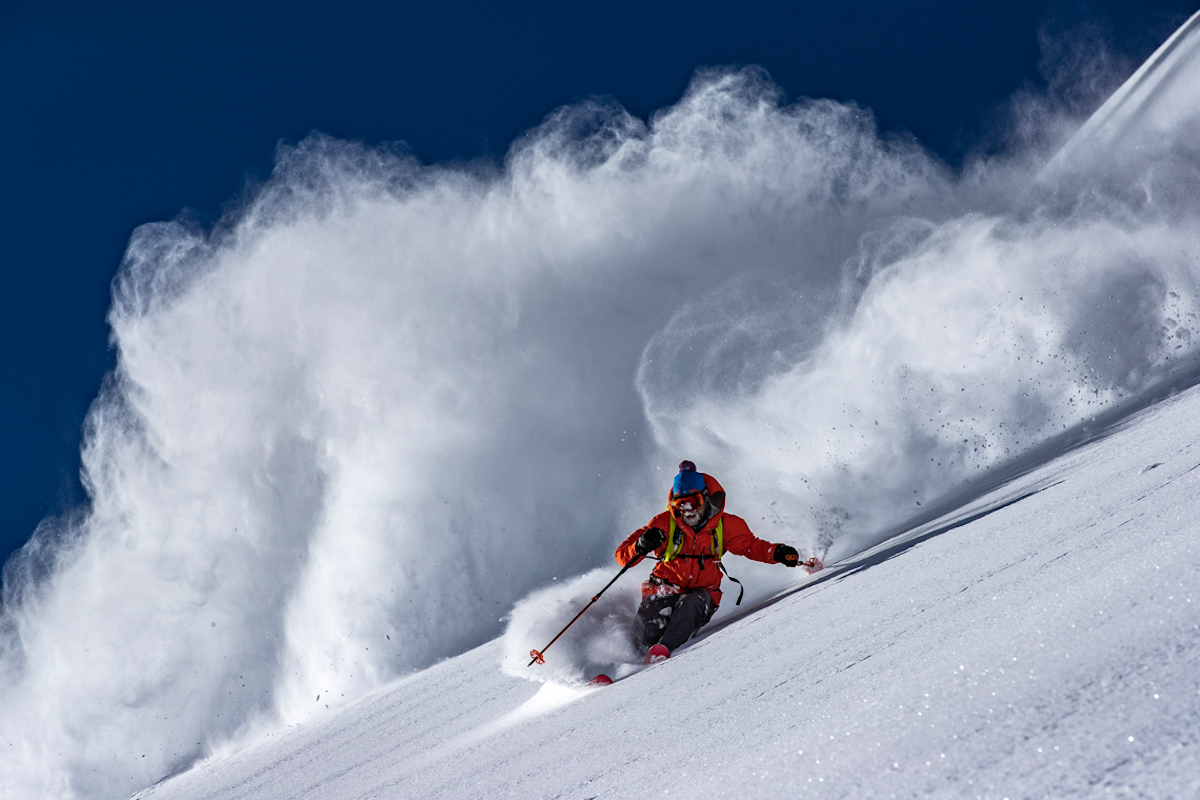

![[GIVEAWAY] Win a Head-to-Toe Ski Setup from IFSA](https://www.datocms-assets.com/163516/1765920344-ifsa.jpg?w=200&h=200&fit=crop)


![[GIVEAWAY] Win a Legendary Ski Trip with Icelantic's Road to the Rocks](https://www.datocms-assets.com/163516/1765233064-r2r26_freeskier_leaderboard1.jpg?auto=format&w=400&h=300&fit=crop&crop=faces,entropy)




![[GIVEAWAY] Win a Head-to-Toe Ski Setup from IFSA](https://www.datocms-assets.com/163516/1765920344-ifsa.jpg?auto=format&w=400&h=300&fit=crop&crop=faces,entropy)


